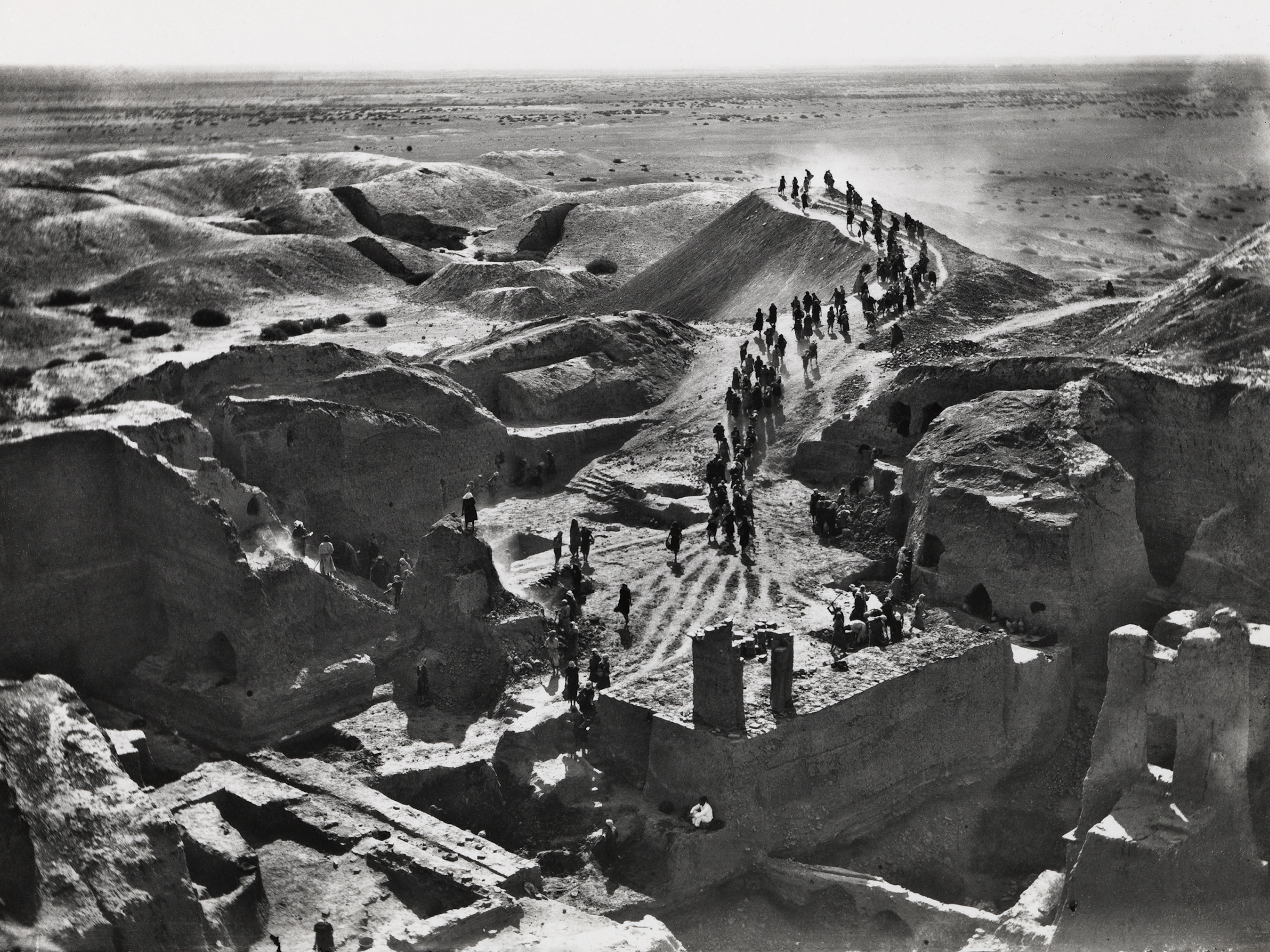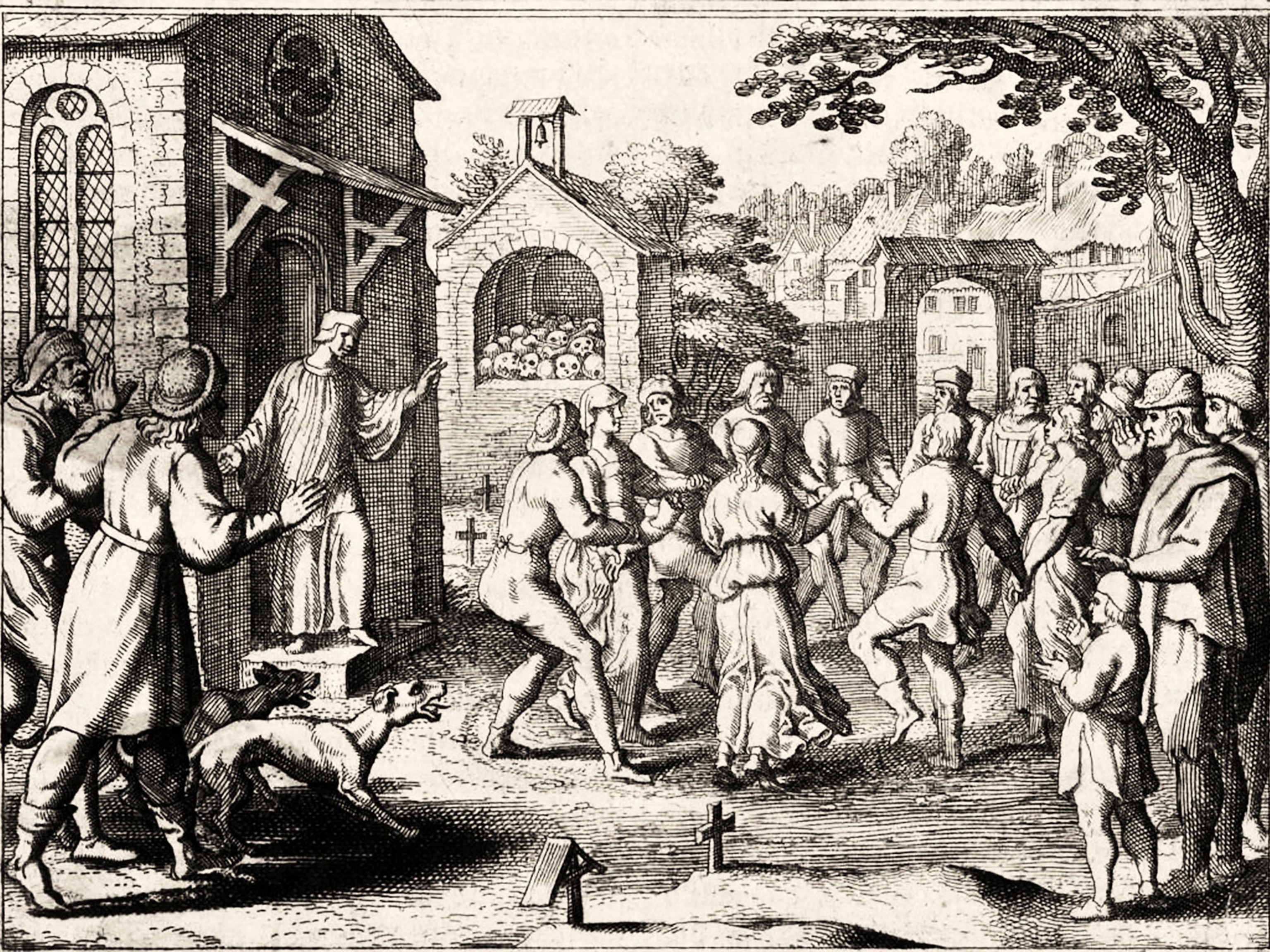Leonardo da Vinci transformed mapping from art to science
Applying math and measurement, Leonardo created a beautiful and practical map of Imola accurate enough to navigate the Italian city today.

At the beginning of the 16th century, Leonardo da Vinci returned to Florence after almost two decades in the employ of Ludovico Sforza, Duke of Milan. Nearing 50, Leonardo was already famed for his scientific genius and artistic achievements, including the design of an innovative catapult around 1485 and the fresco The Last Supper (1495-98). Combining practicality and observation, Leonardo applied the principle of sapere vedere (knowing how to see, in Latin) into as many areas of human inquiry as it led him.
Cesare Borgia, the ambitious son of Pope Alexander VI, became Leonardo’s patron in 1502. One of the first tasks given to Leonardo was to create a map of the city of Imola, near Bologna. Borgia had seized the city in 1499. Moated and heavily fortified, it was a key conquest for the charismatic young commander. Controlling the city would require understanding its geography and landmarks, and Borgia wanted the map from the brilliant mind of Leonardo in order to do that. (Here's why Leonardo's work in science, engineering, and the arts still suprise us today.)
Polar vision
In the 16th century city maps tended to be symbolic and often symbolic, piously inflating the size of religious buildings. Leonardo’s “Imola Plan” radically broke with this tradition, aiming to reflect the reality on the ground, and to provide a map that was of more practical use.
Leonardo applied a mapping technique developed by Florentine humanist Leon Battista Alberti, who proposed that a town can be mapped using polar coordinates. Starting with Alberti’s technique, Leonardo adapted it to capture more accurate distances, proportions, and relationships between features.
The city’s piazza was fixed in the middle of the grid, and the eight principal directions of the compass radiated out from it. Historians believe that Leonardo collected data on the ground by starting at this central point and then using a compass and odometer to measure streets and landmarks. Using geometry, he could then fill in the rest of the map. (See where Leonardo still walks the streets.)
Leonardo’s techniques rendered the first map that used data to accurately show a “flattened city” as it might be seen from above, what cartographers today call an ichnographic map, perhaps the most familiar type of map used today. Leonardo’s measurements still hold up: According to historians, the “Imola Plan” can still be used to navigate the city five centuries later.





